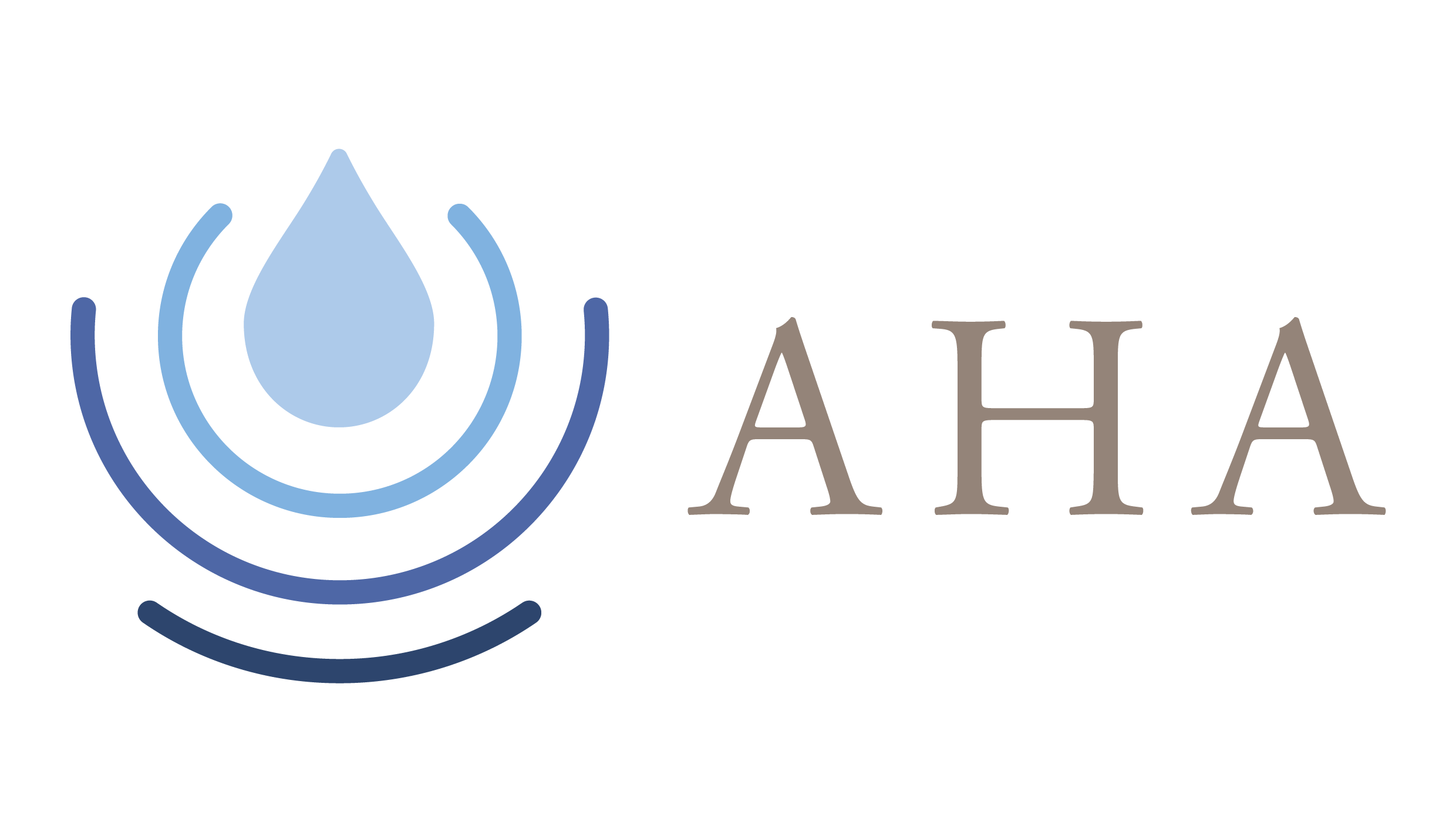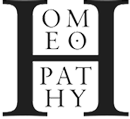History of Homoeopathy Overseas
"The history of Homoeopathy begins with its founder, German physician Dr. Samuel Hahnemann (1755-1843). Not only was Hahnemann an experienced orthodox doctor but also a competent chemist, botanist, and an impressive translator of eight different languages.1 Hahnemann became increasingly dissatisfied with the conventional medical practices of his day which included blood-letting, purging and giving patients large doses of toxic substances such as mercury, arsenic, lead and a toxic concoction known as Venetian treacle.2 These harsh methods inevitably led to intense suffering and frequently speeded up death. Hahnemann was not alone in his dissatisfaction with these dangerous practices and during the 1790s many European doctors supported the call for a reform in medical practices.3
With this idea in mind, Hahnemann discovered that a drug such as Cinchona (from which quinine is derived), when given to a healthy person, produced symptoms which it was known to cure in a sick person.4 Through further and systematic experimentation, known as provings, Hahnemann repeatedly found that diseases characterised by particular collections of symptoms responded positively to substances that produced similar toxic effects. For example, cholera would respond to a dose of arsenic, as arsenic toxicity produces similar symptoms to that of cholera. He termed this principle ‘similia similibus curentur’ – ‘let likes be cured by likes’.4 We now know this as the ‘law of similars’. From this, he coined the term Homoeopathy, from the Greek words omoio meaning similar and pathos meaning suffering.1
Furthering this theory, Hahnemann surmised that an illness could be treated with a very small amount of a substance that in larger quantities could cause that illness. In order to reduce or avoid the side effects caused by large doses, he diluted each medicine until he reached the greatest dilution that would still produce a response. He was surprised to discover that the more stages of dilution the drug underwent, the greater its potential to cure quickly and harmlessly, as long as it was also succussed vigorously in between dilution stages.1 From these experiments Hahnemann devised the basic principles of Homoeopathy.
At this stage, Hahnemann still assumed that specific remedies could treat certain diagnosed diseases. He then discovered that arsenic could cure diseases other than cholera, provided those diseases demonstrated ‘arsenic-like characteristics’. He also noted that not all cholera patients responded to arsenic but required different medicines based on their individual symptoms. At this point Hahnemann reasoned that the specific individual state of illness must be treated rather than routinely prescribing a substance for a particular disease.4
This principle dates back further than Hahnemann to the ancient Greek physician Hippocrates (460-377 BC), who also believed that like cures like and that symptoms specific to the individual should be taken into account before making a diagnosis.5 Today, this is a fundamental principle of Homoeopathy, where an individual’s unique symptoms are crucial to distinguishing the correct medicine. Curious Case-Charles Darwin-Hom
In the nineteenth century this revolutionary method became immensely popular and rapidly spread all over Europe, North America and South America.5 Homoeopathy continued to expand through the British Empire, including Commonwealth countries such as India, Pakistan, Bangladesh, Sri Lanka, Australia, New Zealand, Nigeria, Ghana etc. India and Pakistan embraced Homoeopathy, possibly due to its affordability and a similar underlying philosophy of individualistic prescribing as found with traditional Ayurvedic medicine. More recently Homoeopathy has been growing in Japan, Korea, Malaysia, Thailand and China.1
Historical and famous users of Homoeopathy include Charles Darwin, Mahatma Gandhi, Charles Dickens, Mark Twain, Dizzie Gillespie, the British royal family, Paul McCartney, David Beckham, Usain Bolt….to name but a few.6,7"
References:
1 The European Committee for Homeopathy, History of Homeopathy, retrieved on 28 Aug. 16
2 Griffin, J. P. (2004), "Venetian treacle and the foundation of medicines regulation", British Journal of Clinical Pharmacology, 58 (3): 317–25
3 Dean. M., (2001) Homeopathy and “The Progress of Science”, Hist Sci, 39 (125 Pt 3): 255–83
4 Viganò, G., Nannei, P. & Bellavite, P. J Med Pers (2015) 13: 7
5 Bellavite, Conforti, Piasere, & Ortolani, “Immunology and Homeopathy. 1. Historical Background,” Evidence-Based Complementary and Alternative Medicine, vol. 2, no. 4, pp. 441-452, 2005
6 Ullman. D, “The Curious Case of Charles Darwin and Homeopathy,” Evidence-Based Complementary and Alternative Medicine, vol. 7, no. 1, pp. 33-39, 2010
7 Los Angeles School of Homeopathy, retrieved on 28 Aug. 16


